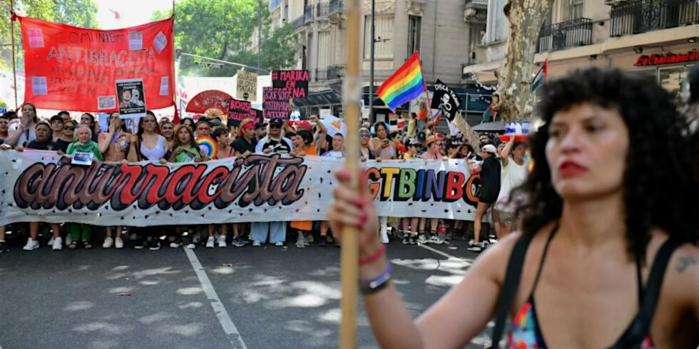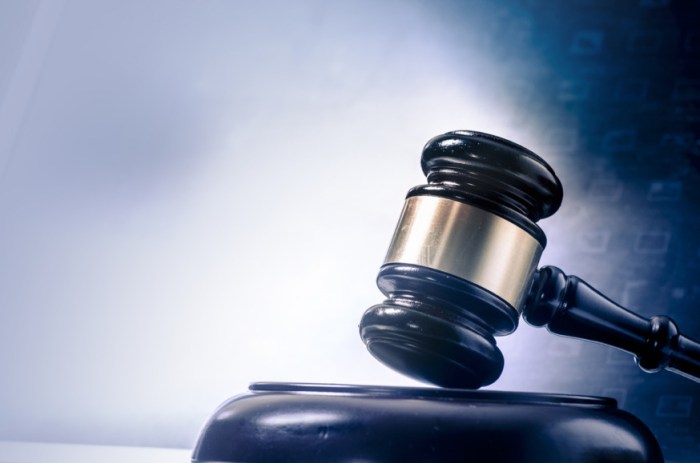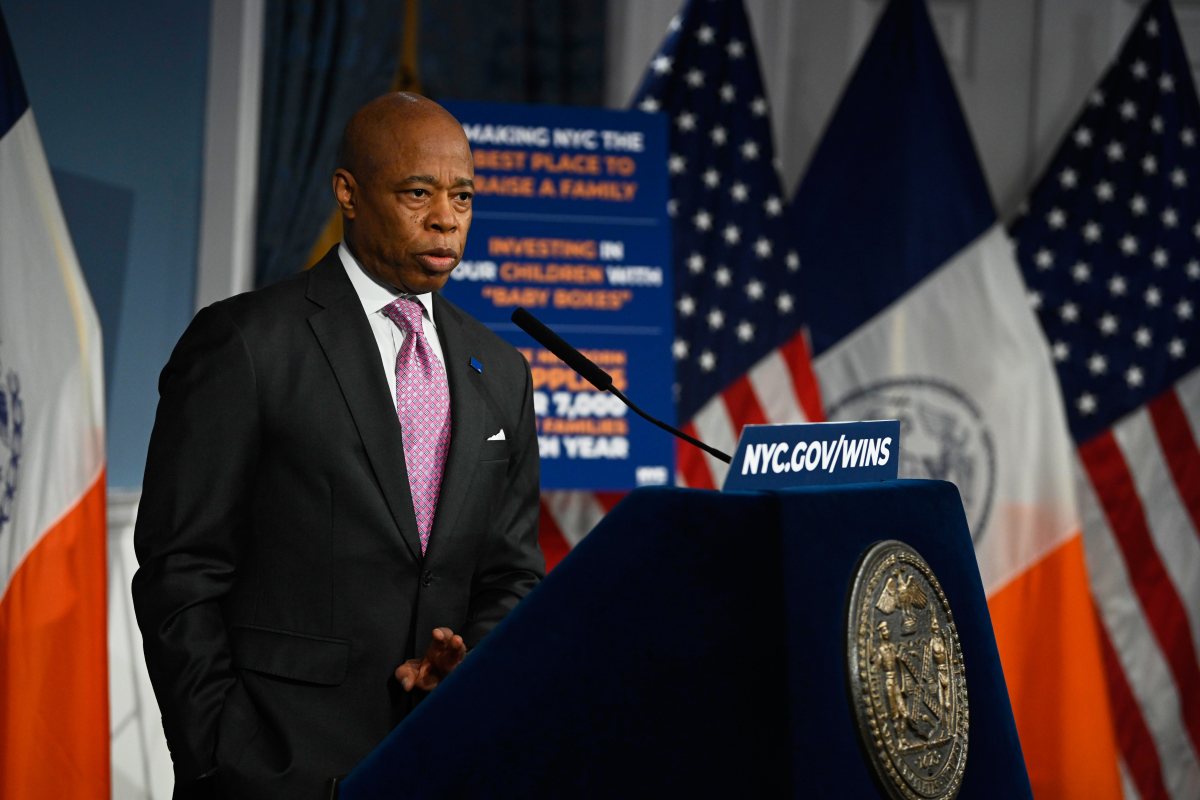Brooklyn received a one-two punch in the wake of the Dec. 26 blizzard. First, we were slammed with the sixth-largest snowstorm eve; then City Hall’s inadequate response caused unnecessary chaos.
Days after the storm, City plows had yet to cross hundreds of Brooklyn streets, stranding and endangering residents. MTA buses, cars and other vehicles were strewn in the middle of major transportation routes.
Elevated subway tracks, common in Brooklyn, were rendered impassable and were only intermittently operational.
For nearly 48 hours after the storm, much of Brooklyn still remained inaccessible by public or private transportation.
In parts of my district in the Brownsville section of Brooklyn, where nearly 90,000 people live, only three snow plows were assigned. Operators were directed to clean only main streets. More than 48 hours after the snow began to fall, major transportation arteries like Pitkin Avenue and Thomas Boyland Boulevard were only just being cleared.
This pattern has been repeated all across the borough. The poor response by the Bloomberg Administration is clearly unacceptable.
It should not take one and a half hours to get through to the city’s 311 emergency information line. Hospital personnel should not have to trek miles on foot to get to work, and emergency service vehicles should not find it difficult to get to those who need immediate medical attention because of blocked roads.
This situation had put senior citizens, the sick and infirm in a life-threatening situation. My district office was informed of two New Yorkers who have died because the EMS personnel could not get to them. We were left to conclude that the Administration was not adequately prepared for a storm that it had ample notice to prepare form but failed to allocate adequate manpower and resources.
I join with fellow elected officials in calling for the declaration of a state of emergency in the outer boroughs of New York City. All responsible authorities must undertake a thorough inquiry to determine the cause of the failure, so it is not repeated.
– Pending the outcome of the inquiries, we can take steps to ensure better response in future storms. These steps include:
– Setting priority bus and subway routes in all five boroughs.
– Making sure these routes are cleared first, kept clear, and that transit lines are operational.
– Providing the public timely status updates about priority transit lines.
There should be a review of the official communication protocols so that we do a better job of informing the public not only about when the storm is expected, but about what they should expect in the aftermath.
John L. Sampson is the Democratic Party conference leader in the New York State Senate.























